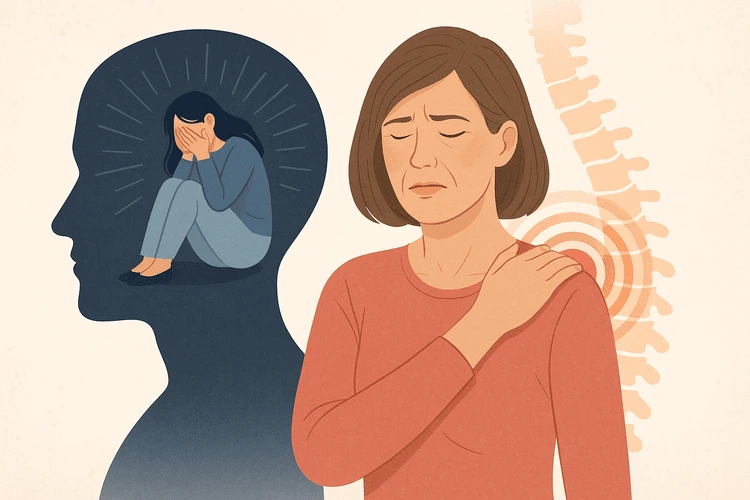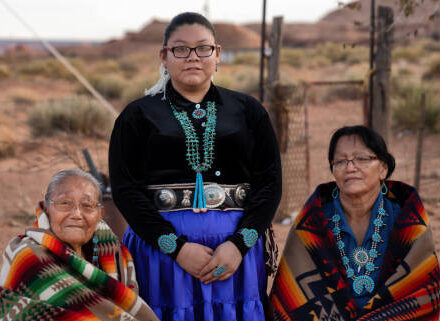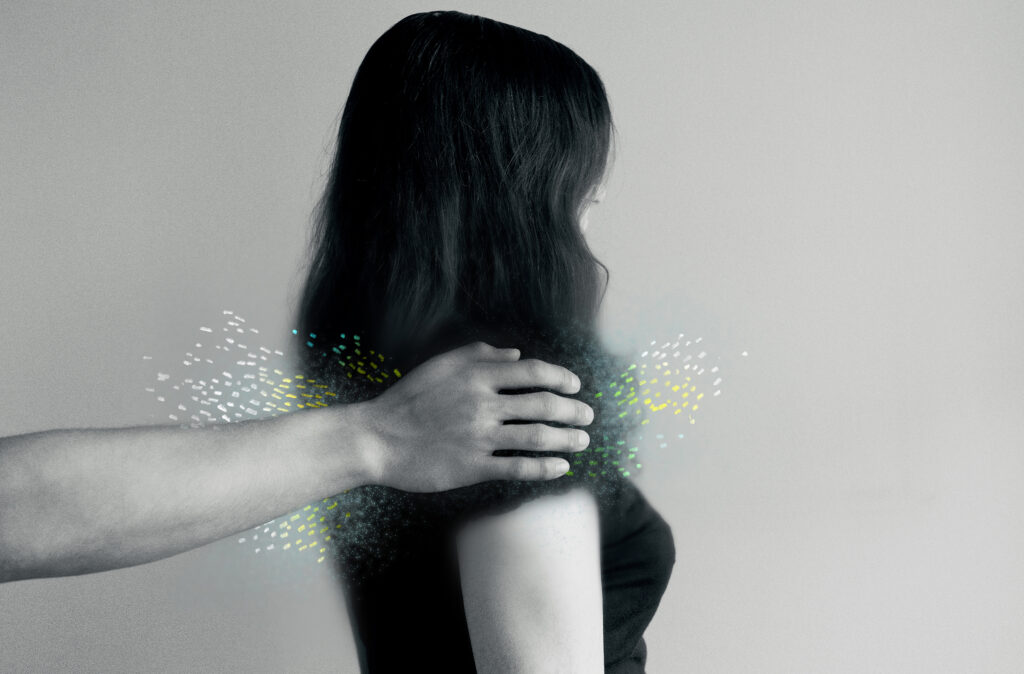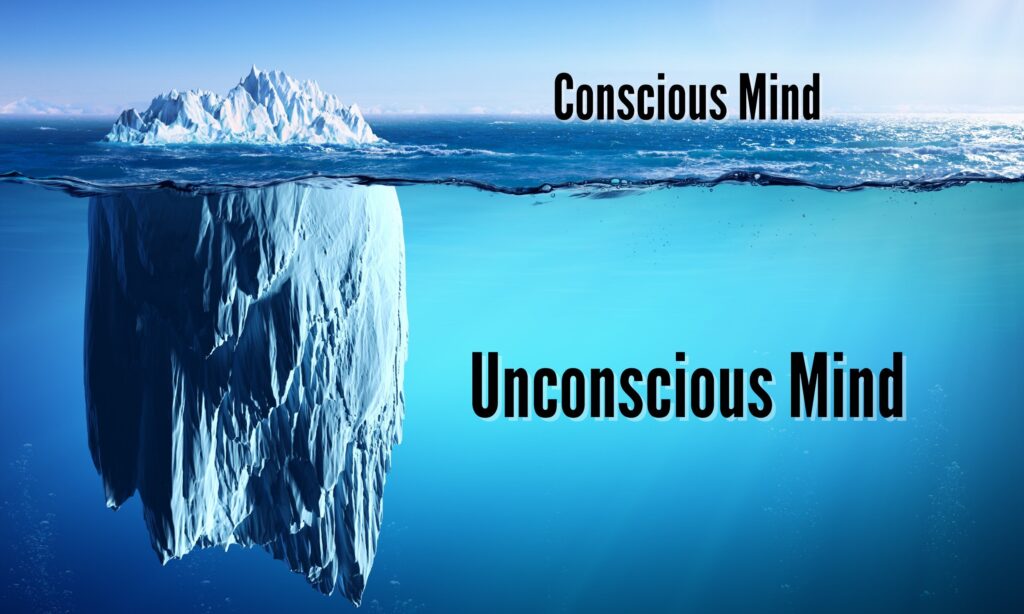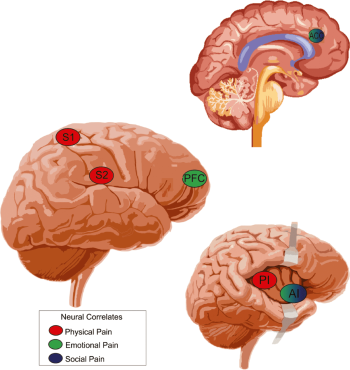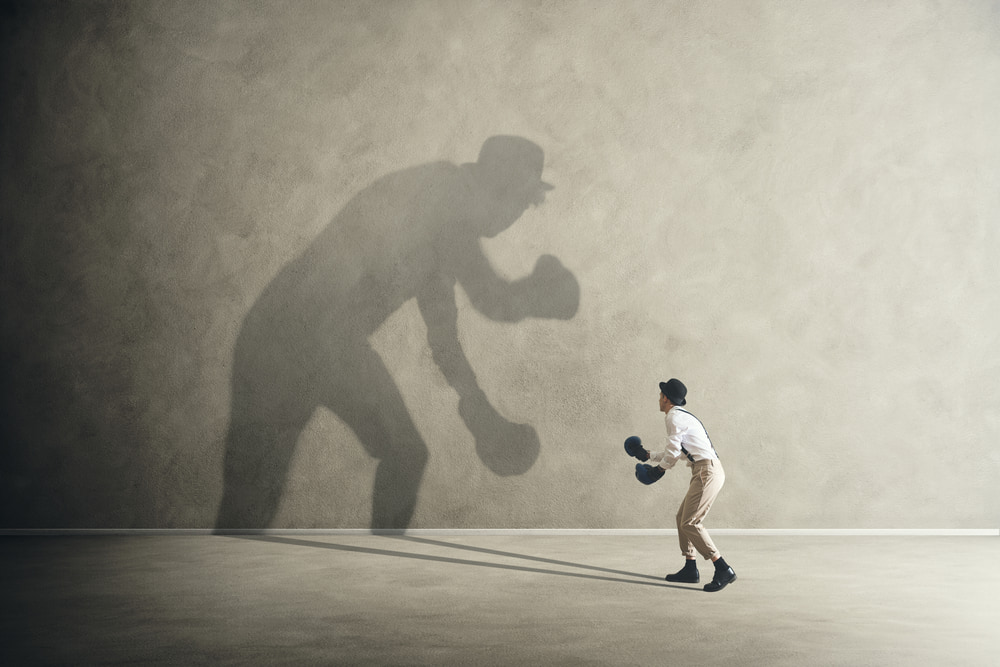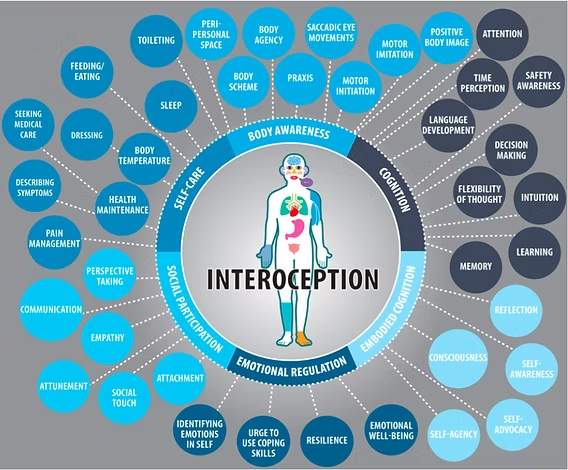Modern life keeps us trapped in cycles we don’t even recognize. We wear masks, build walls, and create coping strategies that feel like survival, and slowly disconnect us from the sacedness of spirit.
But what if there was a way out?
What if the very pain that broke you could become the doorway to connecting to something greater than yourself?
The Hidden Crisis Nobody Talks About
Trauma doesn’t just live in your memories. It lives in your body. It shows up as tension in your shoulders, shallow breathing, racing thoughts, and a sense that something isn’t quite right.
Traditional approaches often focus on the mind. But here’s what most people miss: your body is where trauma gets stored, and your body is where healing begins.
When we experience trauma, we disconnect from three vital things:
- Our physical body and its sensations
- Our emotional landscape
- Our sense of something sacred or meaningful beyond ourselves
This disconnection isn’t your fault, it’s how we survive. Yet survival isn’t the same as living.
Pathways to Embodied Presence (Spirituality) Most People Never Explore
Spirituality gets a bad rap in modern culture. Some see it as outdated religion. Others view it as wishful thinking. But spirituality, or embodied presence, is actually something far more practical and powerful.
We do not just have to go to the church, mosque, or a temple to experience it. We can experience it directly through our own bodies, in ways that doesn’t require external traditions, validation or particular belief systems. We can also simply model this connection with something greater than ourselves that honors nature, human dignity, and the wisdom of both mind and heart.
The key is that none of these paths ask you to abandon your body. In fact, the most powerful spiritual practices require you in your body.
Think about the circular dance of the Sufis or “whirling dervishes” that go into trance states of “oneness” through embodied movement; or the ancient Tantrikas that celebrated the body as the vehicle through which divine union could be realized through sexual and other practices that revered the sacred.
What Trauma Researchers Are Now Discovering
Richard Tedeschi, a leading researcher in post-traumatic growth, says something profound: “Post-traumatic growth is not about becoming happy again; it’s about becoming more deeply human.”
Read that again.
Your pain isn’t something to simply erase. It’s something that can crack you open to depths of wisdom, compassion, and connection you never knew existed.
But here’s the catch: this transformation doesn’t happen in your head alone. It happens when your mind, body, and spirit work together.
Your Nervous System & Spirituality
When Stephen Porges researched the nervous system, he discovered something remarkable. When our ventral vagal system becomes regulated, we naturally access:
- Deeper compassion
- Authentic empathy
- Creative problem-solving
- Trust and connection with others
This isn’t just “feel-good” science. It’s about understanding that your body has its own wisdom. When you feel safe in your body, everything changes.
Spirituality without the body becomes escapism. Somatic work without spirituality can feel incomplete. But together? They create the conditions for sustainable, holistic transformation.
Embodied Practices That Connect Us With Spirituality
So how do you bridge this gap between body and spirit? How do you slowly move from surviving to greater connection?
There are somatic trauma integration practices that ancient traditions have known for centuries.
Breathwork and embodied prayer and/or meditation help regulate your nervous system while connecting you to something larger than yourself. When you slow your breath, you send your body the signal that it’s safe to connect to the body’s rhythms and feel again.
Doing this alongside gentle movements, sounding, or toning releases stored constriction in the body and invites us into greater expansion.
Nature attunement and grounding practices recognize that we are part of something greater. When you place your feet on the earth and feel it’s nurturing qualities, when you gaze at the moon and your eyes soften, when you feel the wind fill your lungs, our tissues begin to unwind.
The body isn’t an obstacle to spiritual experience. The body is the temple where spirit lives.
When Healing Of Our Humanity Finally Makes Sense
Here’s what integration actually looks like:
As your nervous system learns safety, you begin to access deeper parts of yourself: intuition returns, wisdom emerges from within rather than from outside experts, and compassion flows more naturally in a ventral parasympathetic state.
You start to realize: “I am more than my stuckness and pain.”
This isn’t positive thinking, it is embodied knowing. Your cells remember what your mind forgot: that you are vast, resilient, and connected to something much larger than your personal story.
The Invitation Into Full Humanity, Including Spirituality
Unintegrated traumas keep us stuck. Your sense of safety, connection to your body, and the faith to live beyond your body’s limited capabilities.
But what if trauma could also be your greatest teacher for true transformation?
Not because suffering is noble but because when we turn toward our wounds with both spiritual awareness and embodied wisdom, we discover depths of humanity we never knew existed.
This is the dance of healing. Spirit illuminates life through awareness, while the body is a vessel for its luminous presence. Together, they create the conditions for human transcendence, and conscious evolution.
Your body has been waiting for you to come home. Your spirit has been calling you to live something greater. And the culmination of these paths is your birthright.
The question isn’t whether healing is possible. The question is: are you ready to discover what’s waiting on the other side of bodily disconnection, human limitation, and psychic and spiritual pain?
Ready to begin? True transformation happens when you stop choosing between your body and your spirit, and start honoring them both through embodied presence. The somatic practices that bridge this gap have been used by various life sciences for centuries, and adapted to support modern trauma healing. We are the first generation that has access to them all.
Your journey toward wholeness doesn’t require you to be different than you are. It requires you to come home to your body, while rediscovering what’s been illuminating your sacred Self from within all along.
Join us to explore your authentic self more deeply, beyond your painful patterns, coping strategies and unintegrated traumas. Your 6-month somatic journey starts this New Year by clicking here. ✨️





